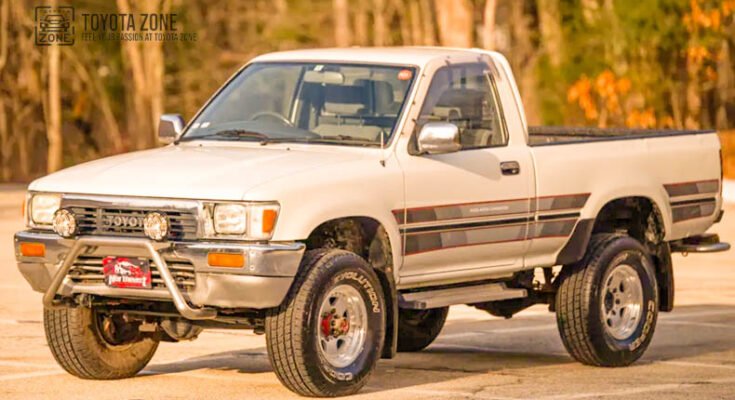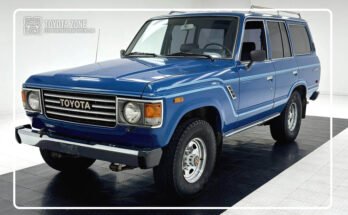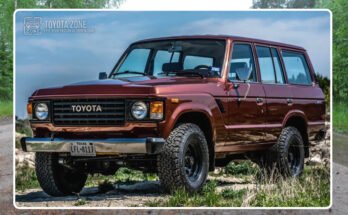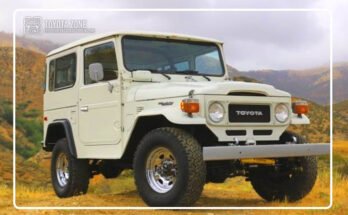Explore the 1990 Toyota Hilux Specs, Price, Features and Market Value in 2024.
The 1990 Toyota Hilux is more than just a Pickup; it’s a symbol of reliability and adventure that has captured the hearts of enthusiasts and everyday users alike. With its rugged design and no-nonsense functionality, this model perfectly embodies the spirit of exploration and hard work.
Whether you’re hauling equipment to a job site, hauling it on a weekend camping trip or venturing into rugged terrain, the Hilux is ready to tackle any challenge. For those who appreciate a combination of ruggedness and practicality, the 1990 Hilux is a classic choice that promises to get the job done while providing a sense of nostalgia for simpler times on the road.It’s a truck built to last, and for many, it’s the perfect companion for life’s journeys, big and small.
Specs and Features
Engine Options for the 1990 Toyota Hilux
2.4L I4 (22R-E) Petrol Engine (U.S. Market)
| Type: | |
| Displacement | 2.4 liters (2,366 cc) |
| Power Output | Approximately 113 hp (84 kW) @ 5,200 rpm |
| Torque | About 140 lb-ft (190 Nm) @ 3,600 rpm |
| Fuel System | Electronic Fuel Injection (EFI) |
| Transmission Options | 5-speed manual or 4-speed automatic |
3.0L V6 (3VZ-E) Petrol Engine (available in some models)
| Type | |
| Displacement | 3.0 liters (2,964 cc) |
| Power Output | Approximately 150 hp (112 kW) @ 4,800 rpm |
| Torque | About 180 lb-ft (244 Nm) @ 3,600 rpm |
| Fuel System | Electronic Fuel Injection (EFI) |
| Transmission Option | 5-speed manual transmission or 4-speed automatic transmission |
2.8L I4 Diesel Engine (3L)
| Type | Inline-4, naturally aspirated |
| Displacement | 2.8 liters (2,775 cc) |
| Power Output | Around 91 hp (68 kW) @ 4,200 rpm |
| Torque | About 130 lb-ft (176 Nm) @ 2,400 rpm |
| Fuel System | Indirect injection |
| Transmission Options | 5-speed manual or 4-speed automatic |
Performance 1990 Toyota Hilux
Fuel Efficiency: The 3.0L V6 may have somewhat worse fuel efficiency because of its higher power output, but the 2.4L engine normally gives between 20 and 25 miles per gallon (MPG), depending on driving conditions.
Drivetrain: The Hilux was adaptable to many driving situations because it came with both rear-wheel drive (RWD) and four-wheel drive (4WD) options.
Exterior Design
Overall Shape: The Hilux features a classic, boxy shape with a sturdy stance that conveys toughness and reliability. Its design is straightforward and utilitarian, aimed at functionality.
Front End: The front fascia includes a prominent rectangular grille, typically adorned with the iconic Toyota emblem. Flanking the grille are rectangular headlights that provide good visibility, with a design that echoes the truck’s rugged character.
Body Styles: Available in several configurations, including Regular Cab, Extra Cab, and Xtracab, each catering to different needs for passenger and cargo space.
Cargo Bed: The truck bed is spacious and practical, designed to handle heavy loads. It features a flat floor and tall sidewalls, allowing for versatile hauling capabilities.
Fenders and Wheel Arches: The fenders are slightly flared, giving the Hilux a muscular look and providing sufficient clearance for off-road tires.
Rear Design: The rear of the truck includes straightforward tail lights and a durable tailgate designed for easy access to the cargo area.
Paint Options: The Hilux was available in a variety of colors, from classic whites and grays to vibrant blues and reds, appealing to a broad range of preferences.
Materials: Constructed with durable materials that resist rust and wear, ensuring the truck remains reliable in various environments.
Interior Design
Dashboard Layout: The interior features a functional dashboard with a simple, easy-to-read gauge layout, including speed, fuel, temperature, and oil pressure indicators. The controls are positioned for easy access, minimizing driver distraction.
Materials: The cabin is designed with hard plastics and vinyl upholstery, which are durable and easy to clean, aligning with the truck’s utilitarian purpose.
Seating: Front seating is comfortable and designed for long drives, with the Extra Cab and Xtracab options providing additional rear seating, though rear legroom can be limited.
Storage Solutions: Ample storage compartments, including glove boxes and door pockets, make it easy to keep items organized and within reach.
Visibility: Large windows contribute to excellent visibility, enhancing safety and making it easier to navigate tight spaces or rough terrains.
Comfort Features: While the interior is straightforward, it includes essential features such as basic heating and ventilation controls, as well as an optional radio for entertainment.
Ruggedness: Overall, the interior is designed to withstand wear and tear from everyday use, making it a favorite among those who need a reliable work vehicle.
Current Market Value In U.S.A
The current market value of a 1990 Toyota Hilux in the USA varies significantly based on its condition, mileage, and originality. Recently, prices for well-maintained and original models have ranged from approximately $16,000 to $31,000. For example, one 1990 Hilux sold for $26,000 in Los Angeles with around 122,410 miles, while another with similar specifications fetched $30,000 in Fresno Classic, Classic Cars.
Overall, the Hilux is regarded as a collectible vehicle, with values increasing for models in excellent condition or those with low mileage.
View Also




